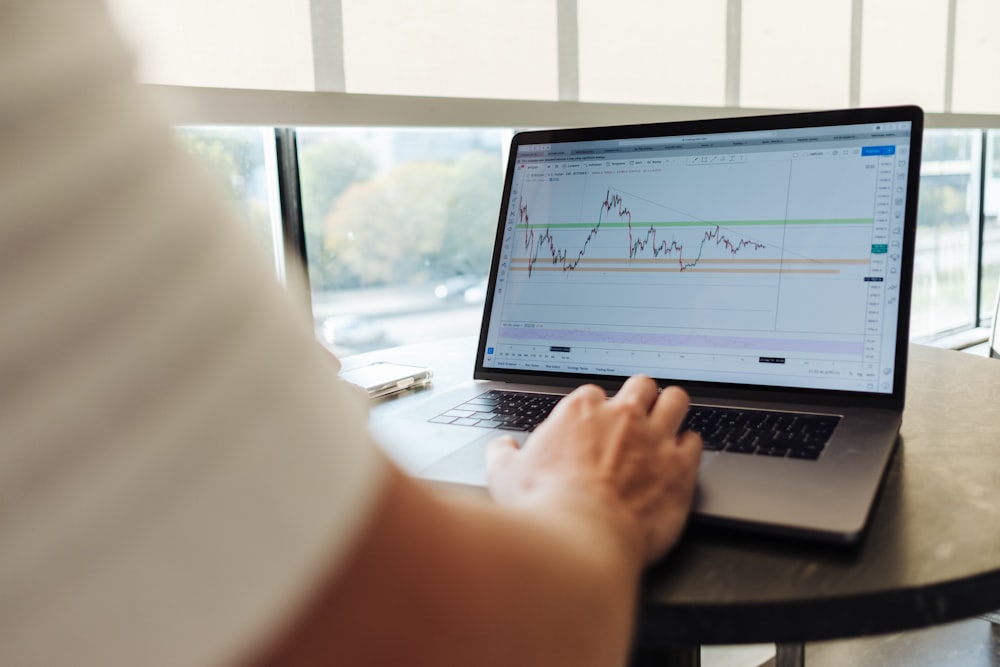

Impact on Markets
The repercussions were felt throughout Wall Street on Apr 25. SPDR S&P 500 ETF Trust (SPY – Free Report) was off 0.4% on Apr 25, SPDR Dow Jones Industrial Average ETF Trust (DIA – Free Report) lost 0.9% and the tech-heavy Invesco QQQ Trust (QQQ – Free Report) slipped 0.5%.The U.S. 10-year Treasury yield reached 4.7% on April 25, 2024, marking the first time since early November. Markets are now pricing in only one interest rate cut this year, reflecting a significant shift from earlier projections. Powell’s recent statements, which stress the need for ‘greater confidence’ in the decline of inflation before considering rate cuts, also reinforced this sentiment.
How to Play Slow Growth-High Inflation Scenario?
Investors should note that a persistent combination of elevated inflation, high unemployment, and low growth is termed “stagflation.” The U.S. economy is currently experiencing this kind of scenario, although not fully, as the job market is still strong.Still, the stagflation trade has held its head high lately when almost every stock benchmark and thematic index weakened, per Bloomberg. Notably, the S&P 500 lost about 3% in the past one month.While some market watchers argue that the U.S. economy may regain its lost momentum, the current situation demands preparation for a scenario of low growth and high inflation.Below we thus highlight a few ETF investing areas that could be gainful in a stagflation-like situation.
ETF Areas in Focus
Oil – United States Oil ETF (USO – Free Report)The U.S. WTI oil ETF USO has jumped 22.3% this year as escalating tensions in the oil-rich Middle East and Russia triggered concerns about supplies. Meanwhile, the demand profile remains strong amid the still-resilient global economy.Investors should note that OPEC+ oil output remains tight. In fact, OPEC oil output dropped in March, per a Reuters survey, reflecting lower exports from Iraq and Nigeria against a backdrop of ongoing voluntary supply cuts by some members of the alliance.Gold – SPDR Gold Shares (GLD – Free Report)A stagflation-like scenario could boost safe-haven assets like gold. Gold performs well in periods of economic stagflation as investors tend to exit stocks, bonds, and cash. Investors should note that gold is often viewed as an inflation-beating asset. The last significant episode of inflation in the United States occurred from 1973 to 1979. Within this period, inflation averaged around 8.8% annually, and gold earned an average annual return of 35%, per CME Group, as quoted on Forbes.Value Stocks – Vanguard High Dividend Yield ETF (VYM – Free Report)Value stocks are often considered defensive investments because these companies normally have established businesses and stable earnings. Value stocks often pay dividends. Unlike growth stocks, value stocks tend to perform better in a high-rate environment. The Zacks Rank #2 (Buy) ETF VYM yields 2.90% annually and charges 6 bps in fees.Cryptocurrency – iShares Bitcoin Trust (IBIT – Free Report)Bitcoin is often touted as a hedge against inflation. Bitcoin has a fixed supply (21 million). This move contrasts with traditional fiat currencies, which central banks can issue in unlimited quantities. Thus, in times of inflation, the value of fiat currencies tends to fall. Meanwhile, some market watchers view Bitcoin as a store of value due to its limited supply which can preserve wealth amid high inflation. Having said this, we would like to note that the crypto space is very volatile.More By This Author:DoorDash To Report Q1 Earnings: What’s In Store?
ETSY Gears Up to Report Q1 Earnings: What’s In The Cards?
KLA Set to Report Q3 Earnings: What’s In The Cards?
















